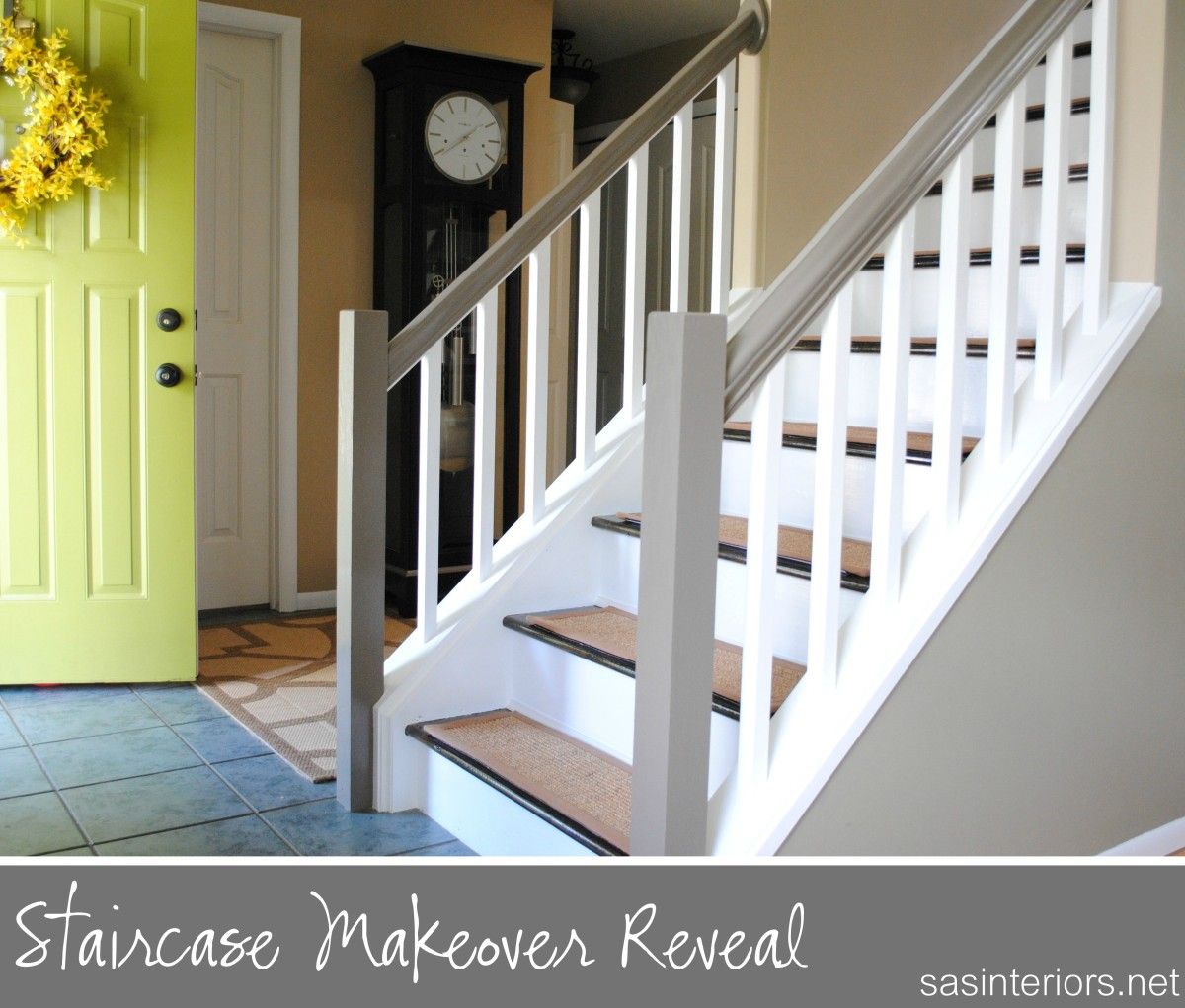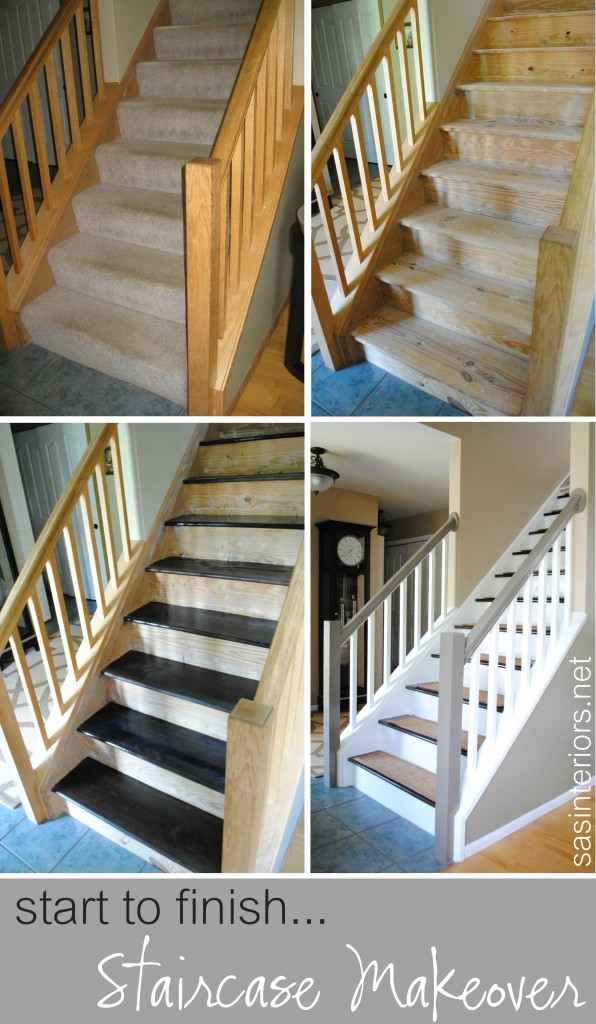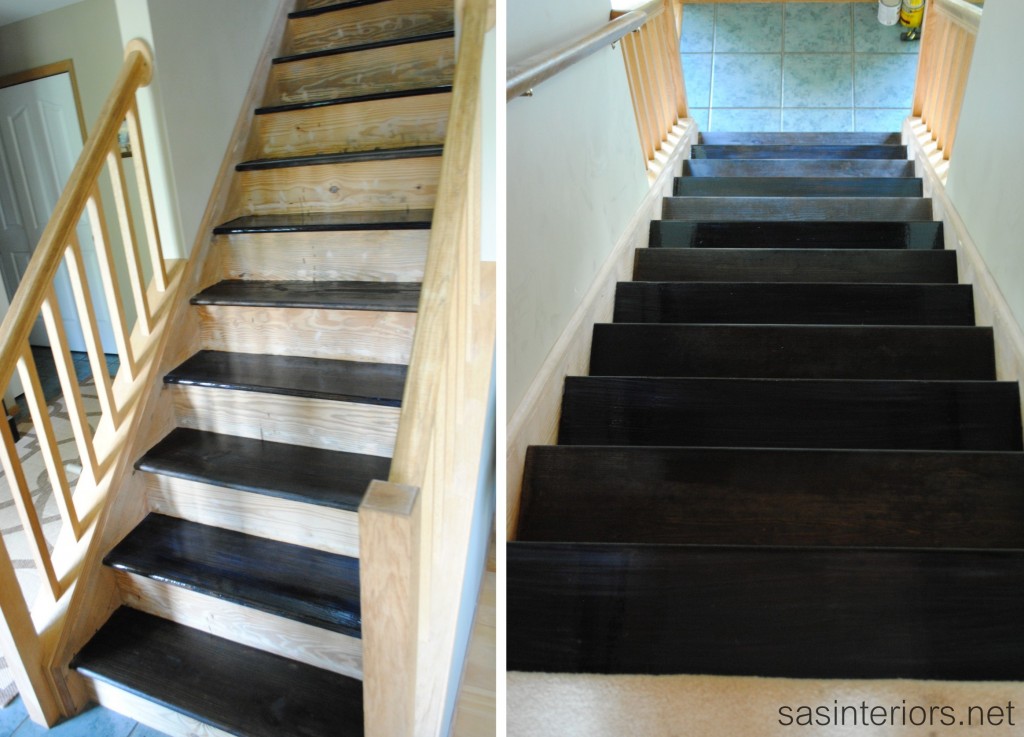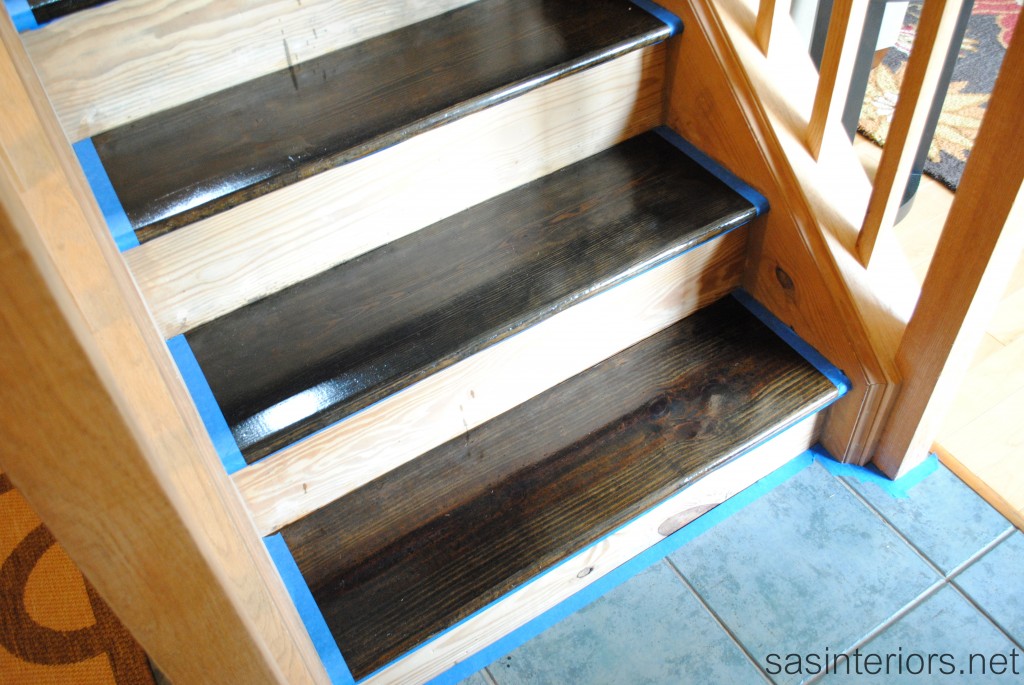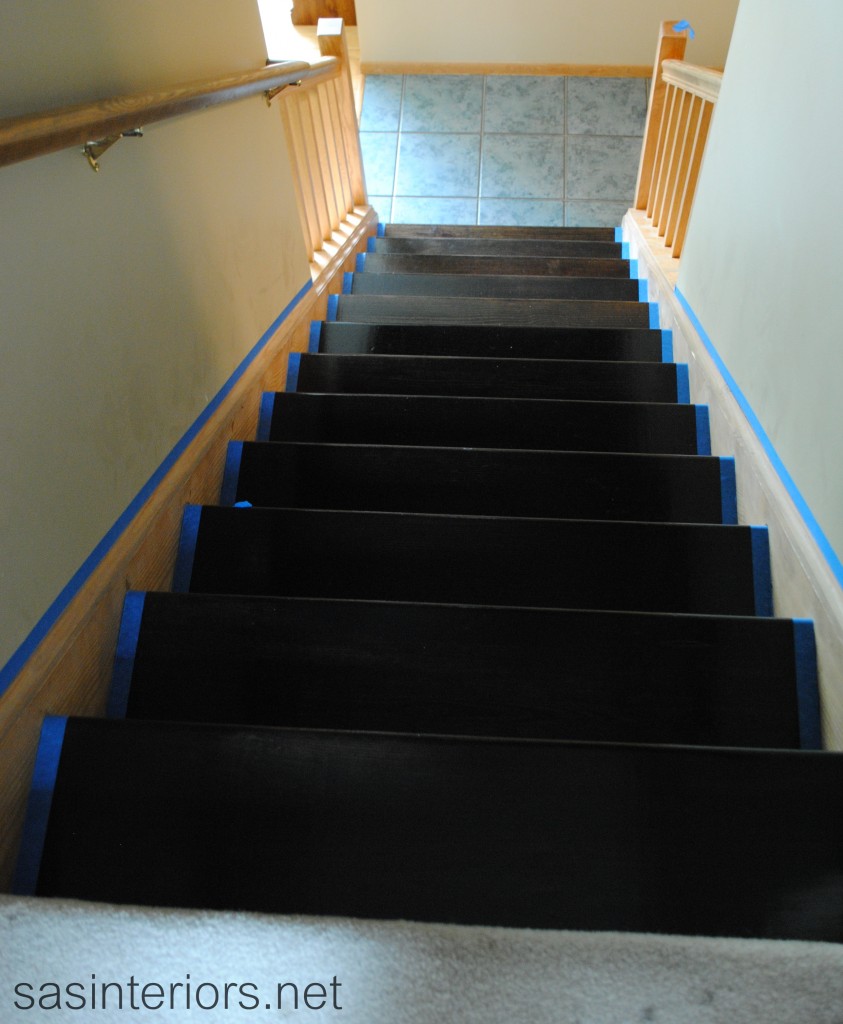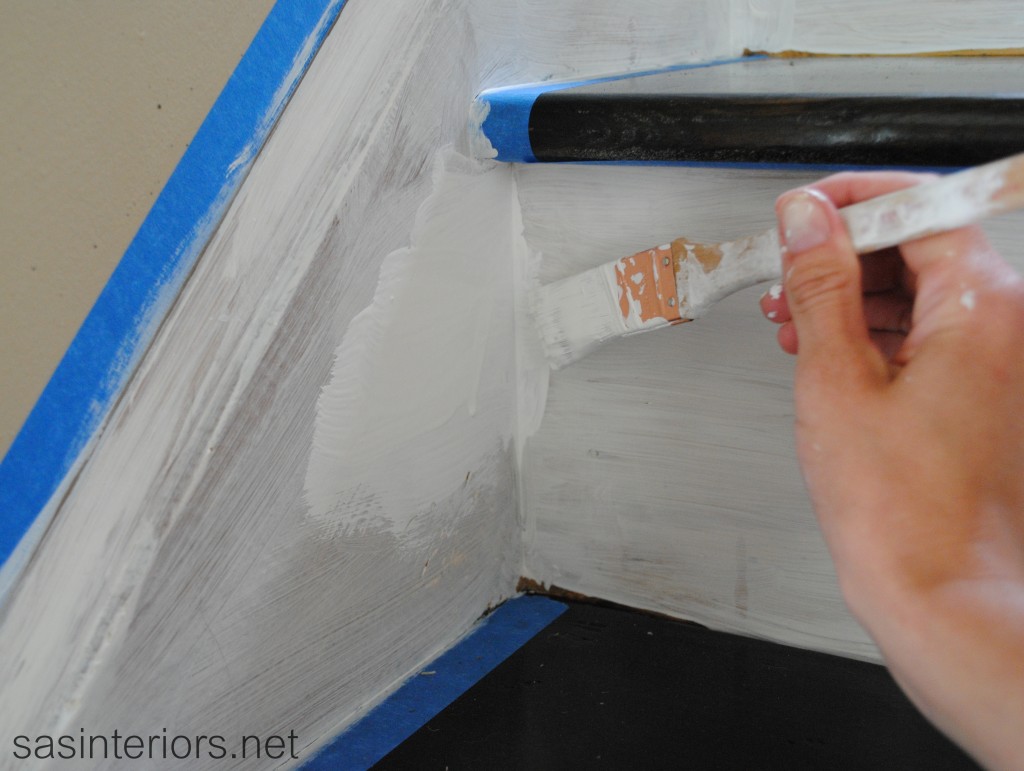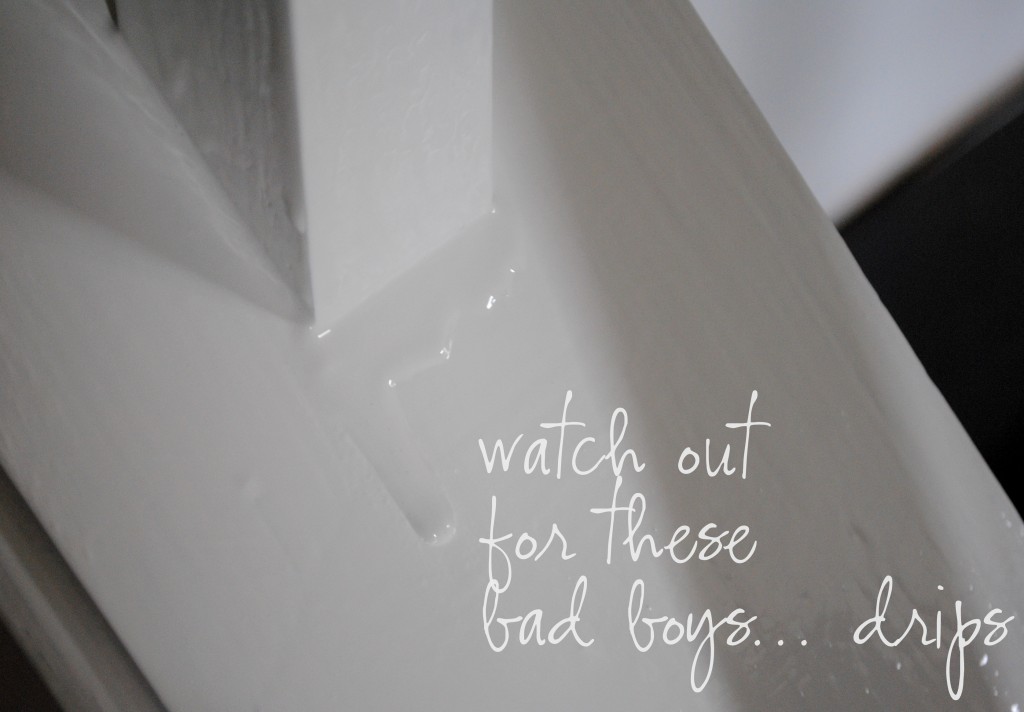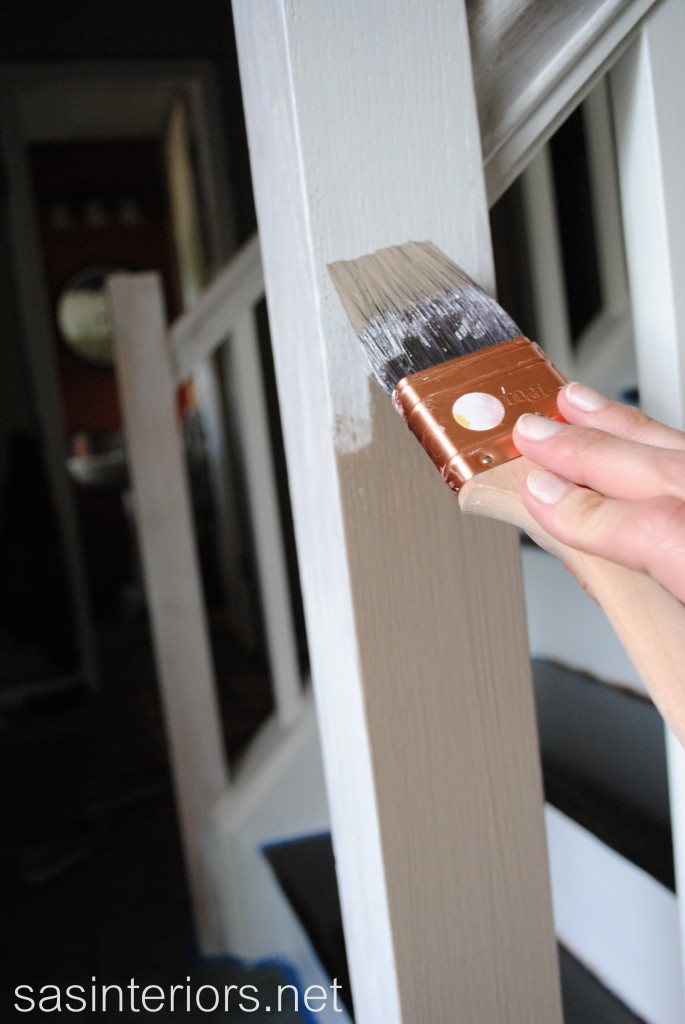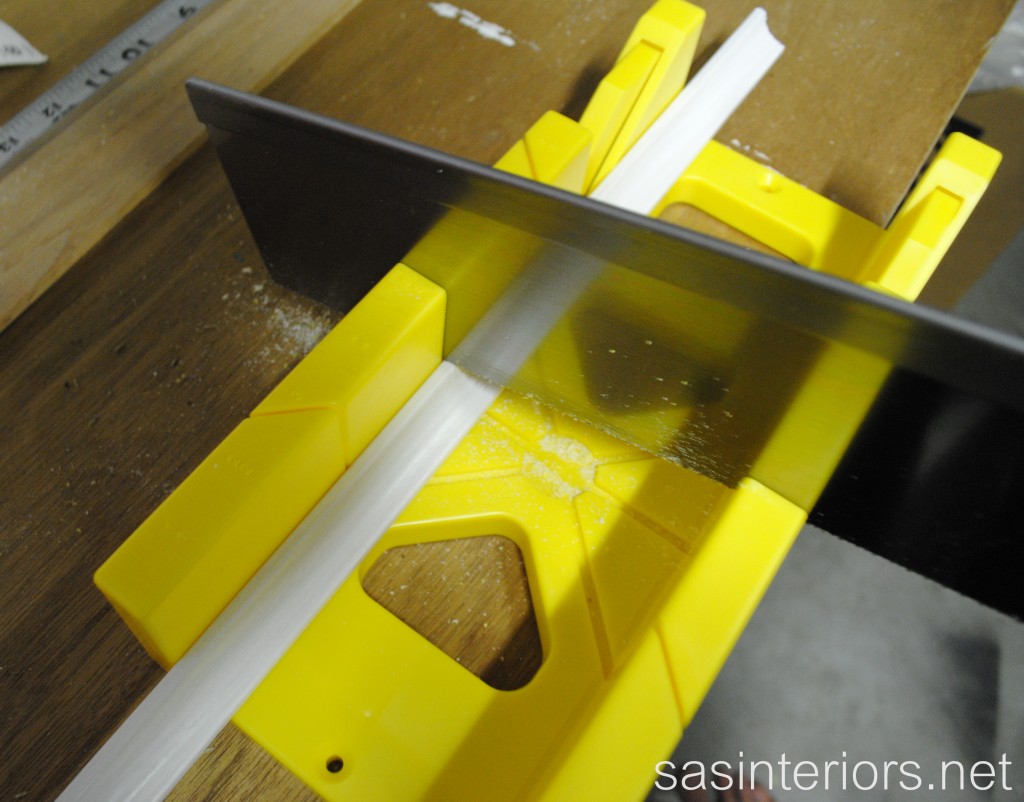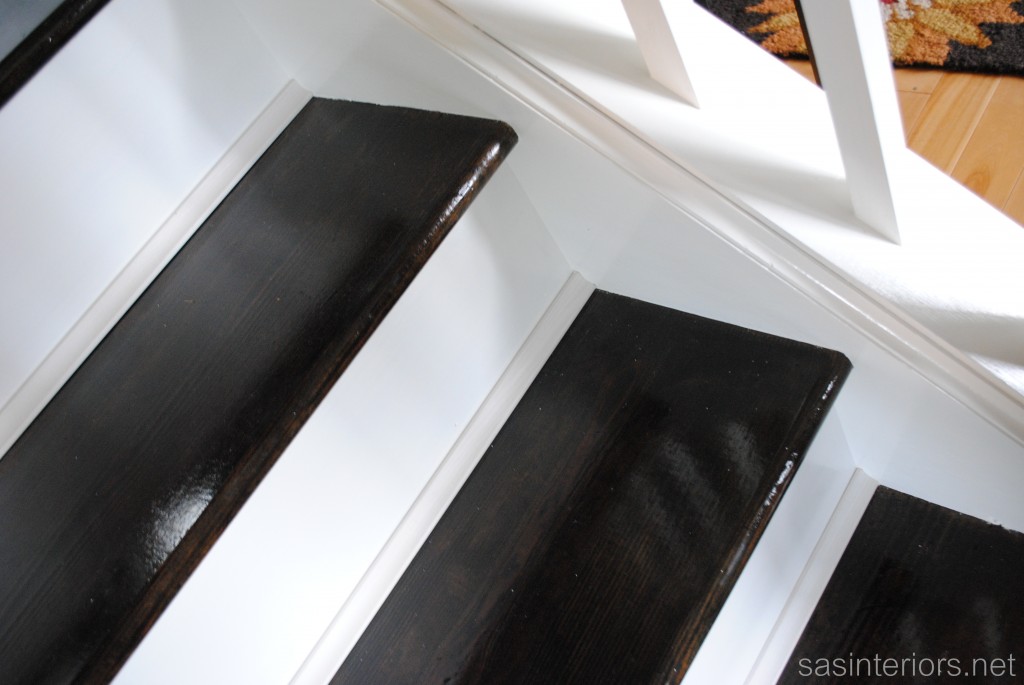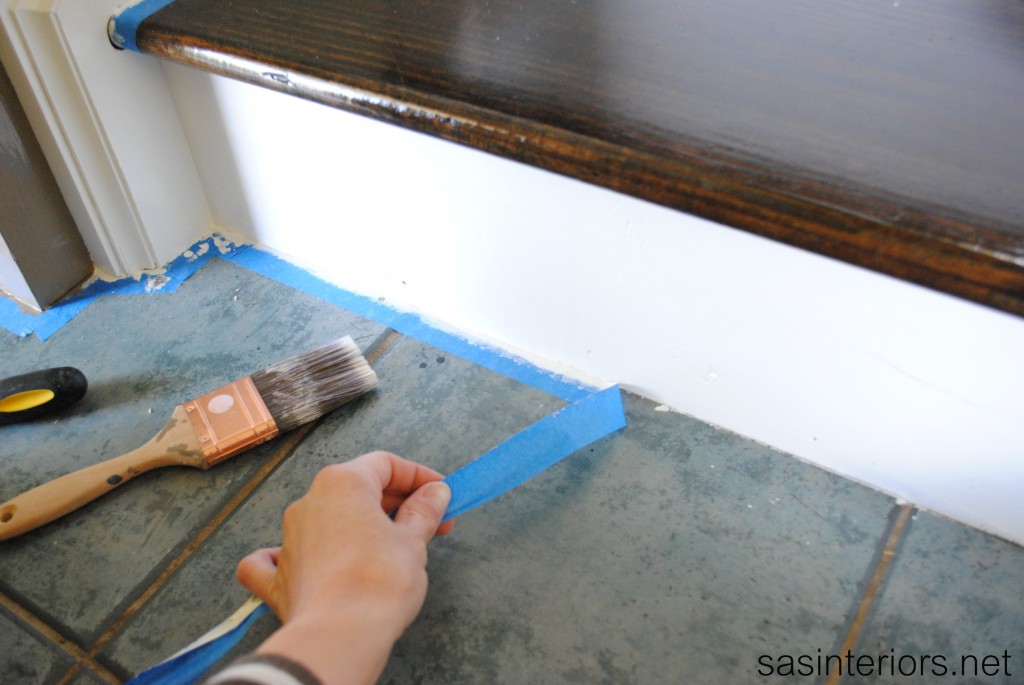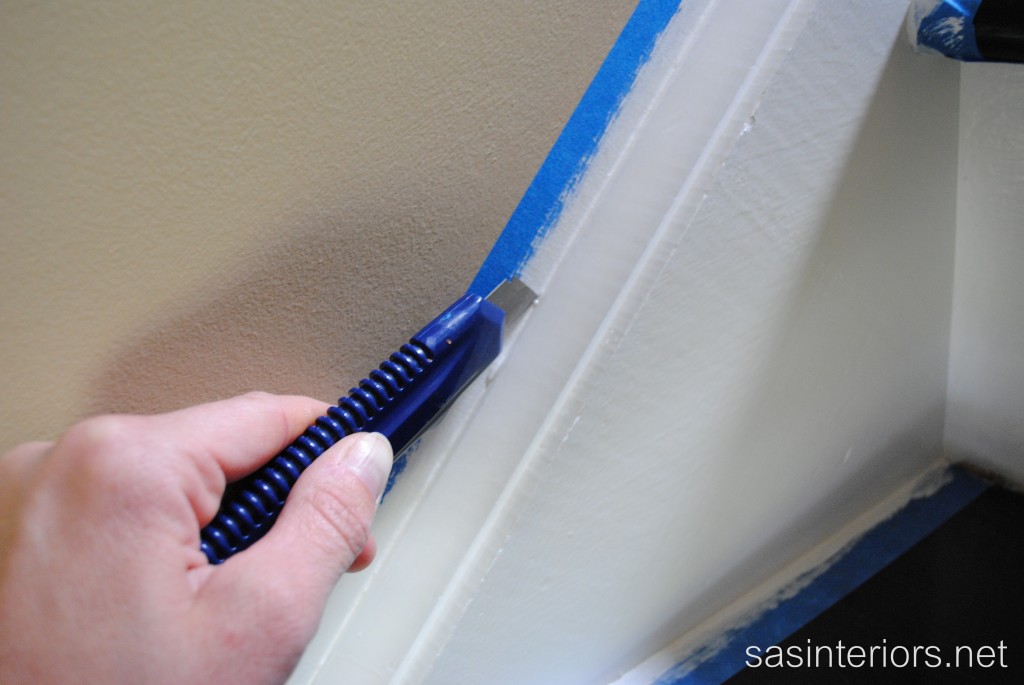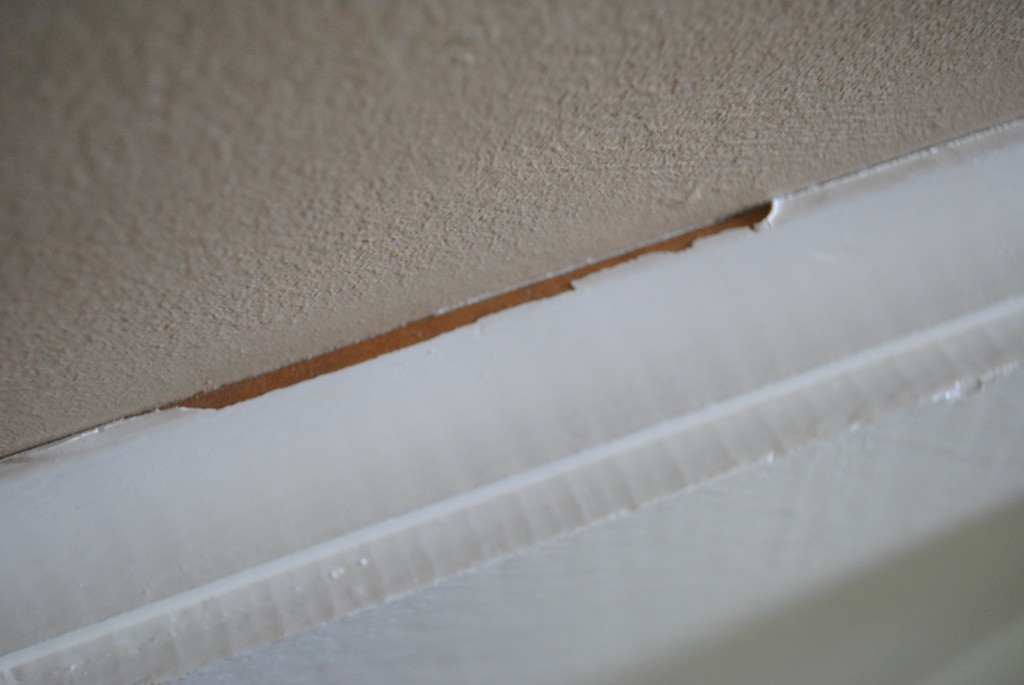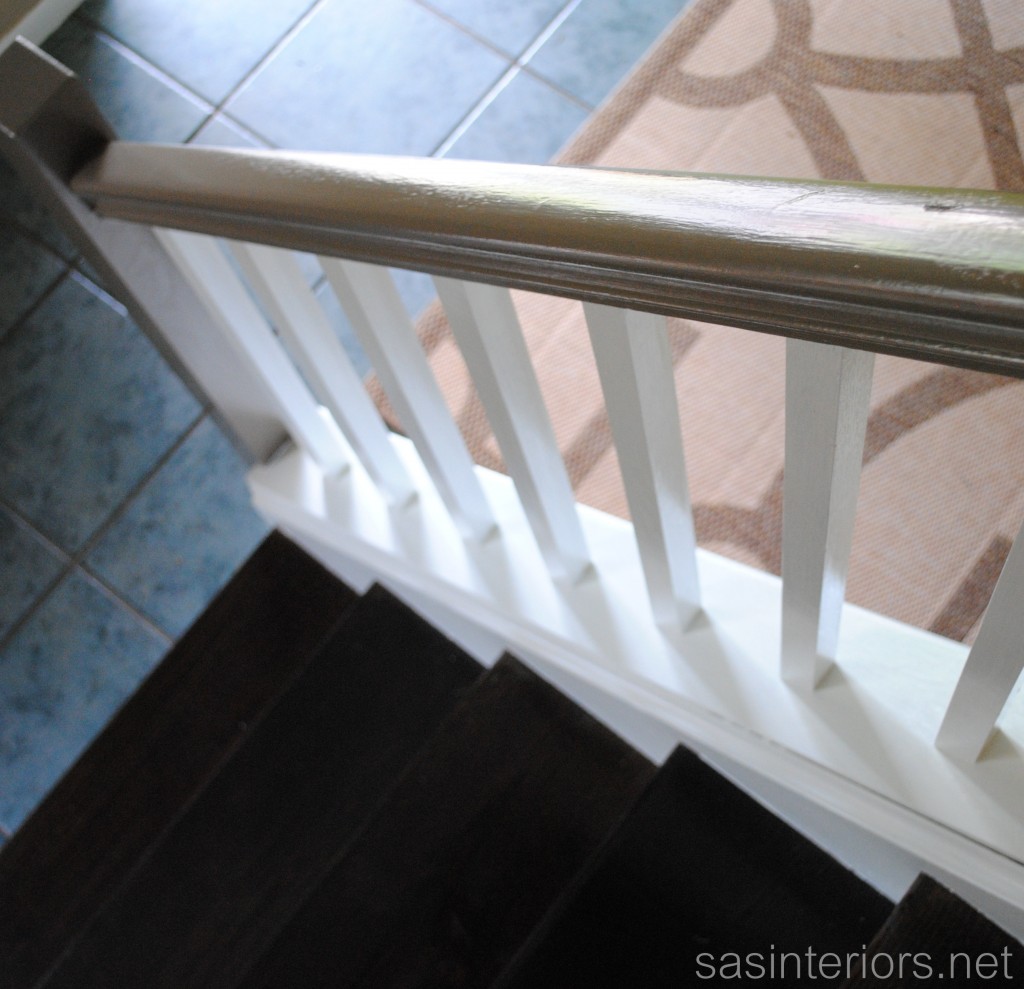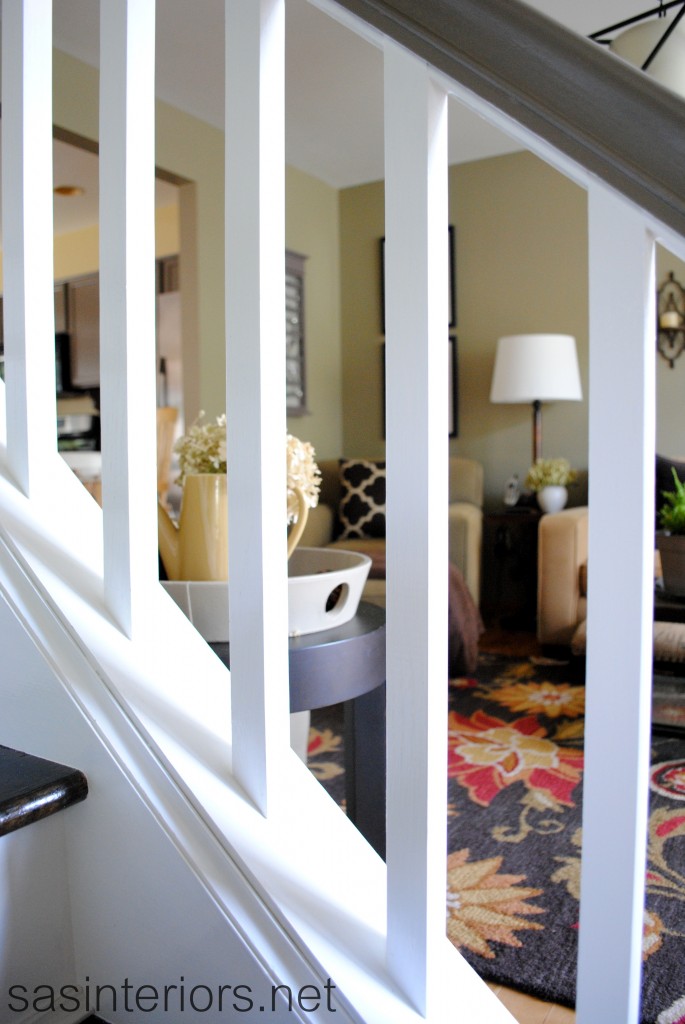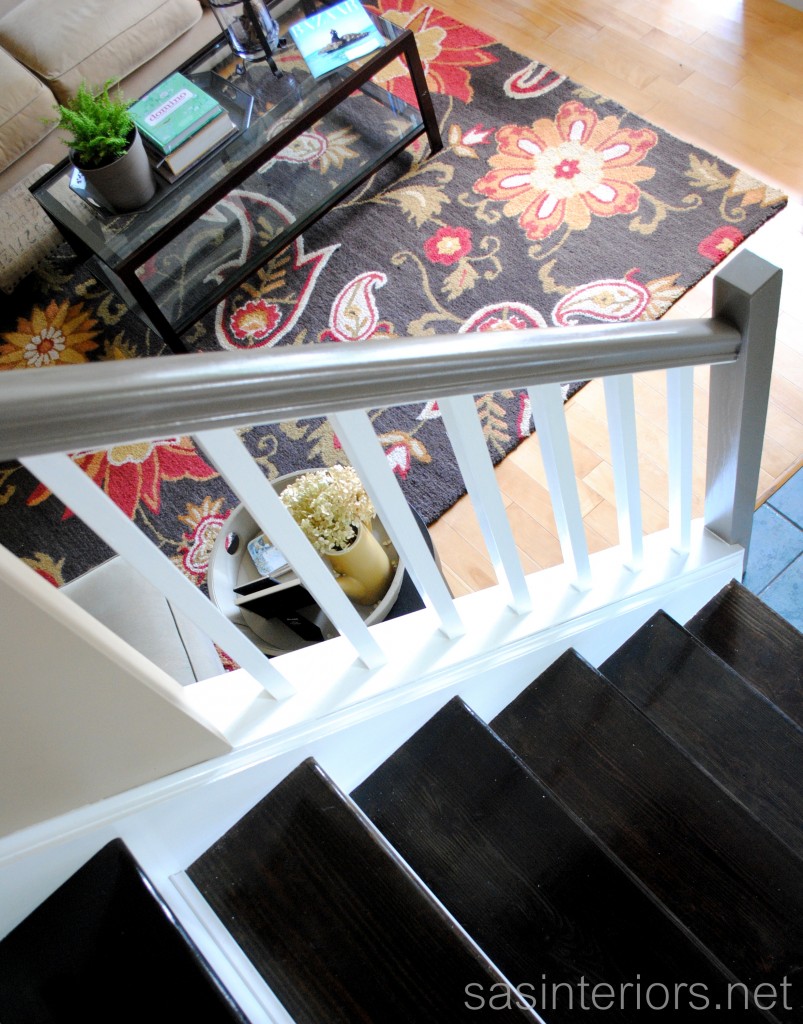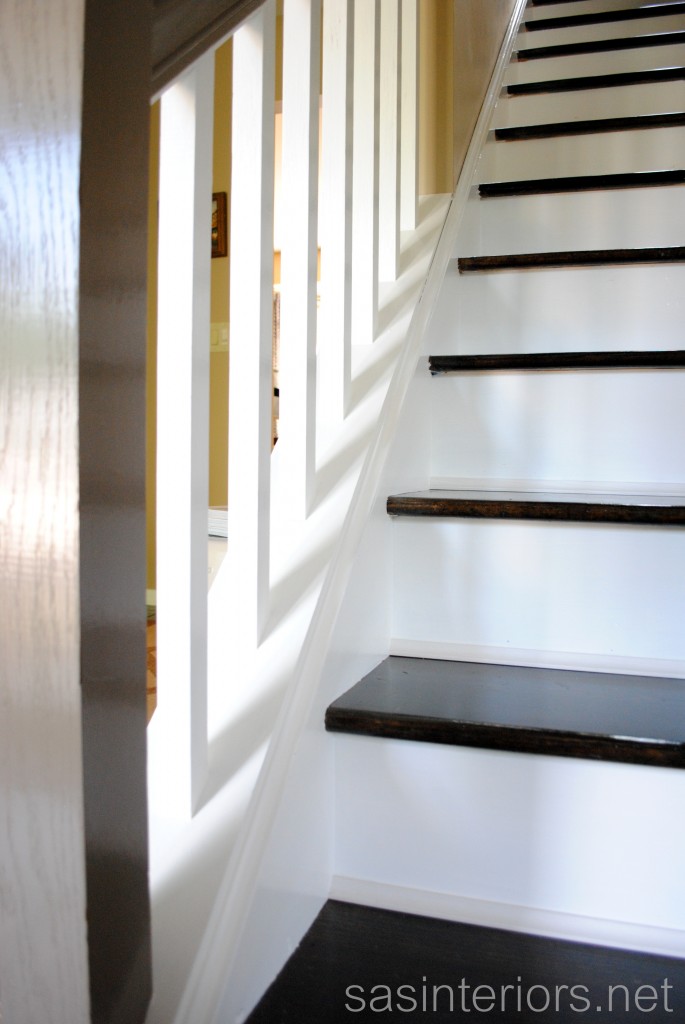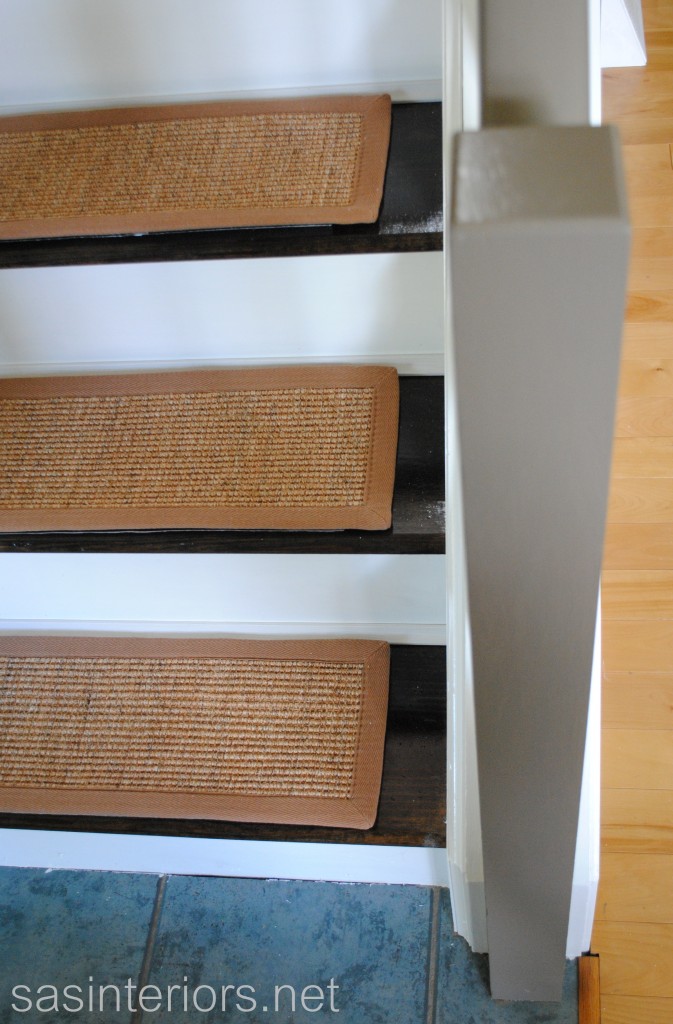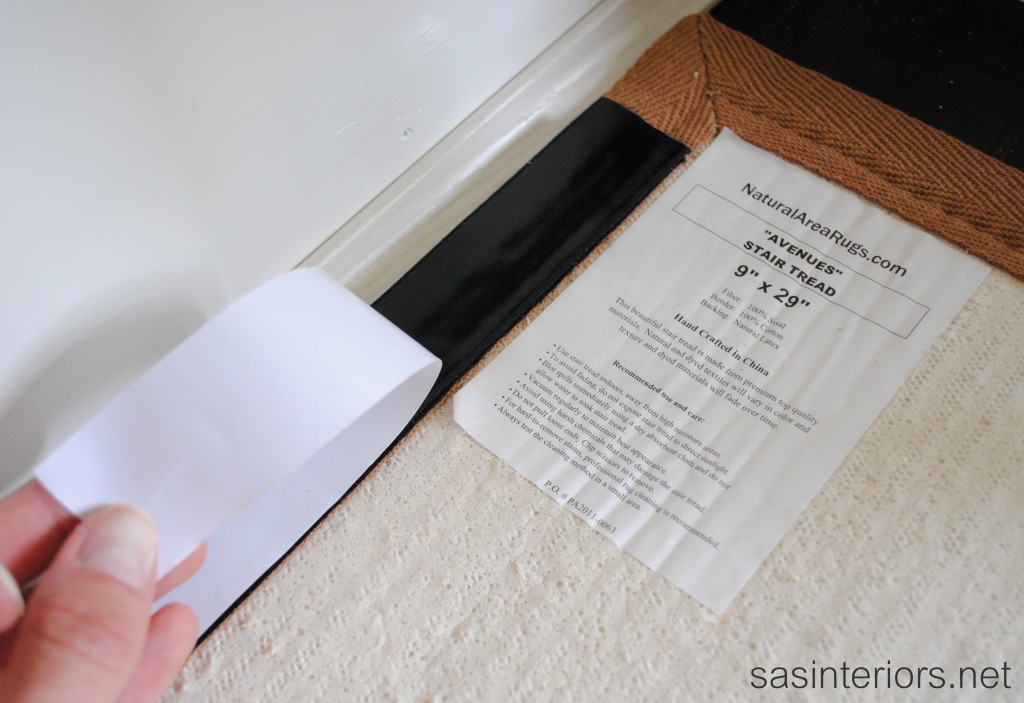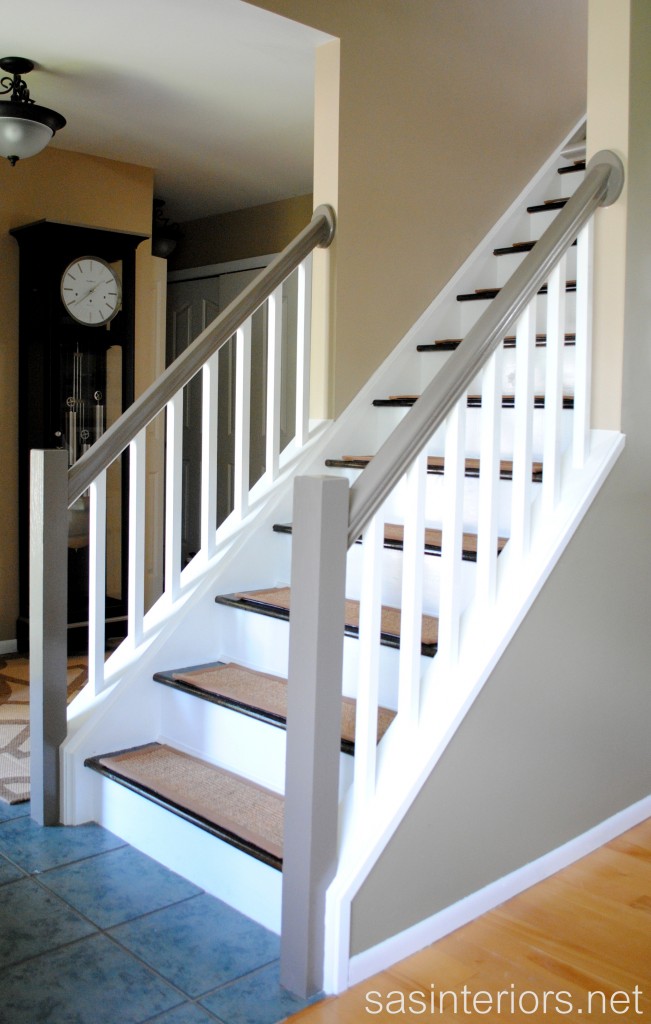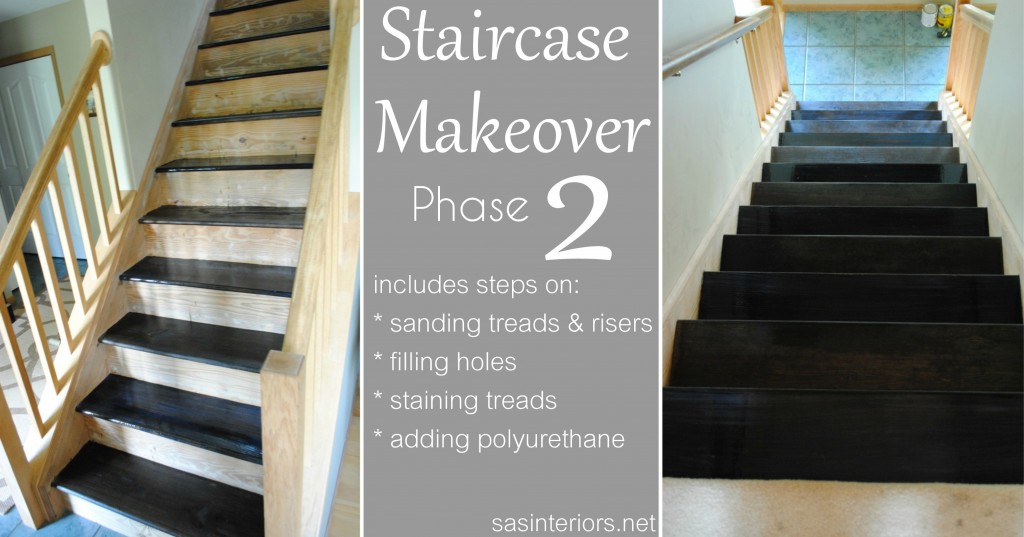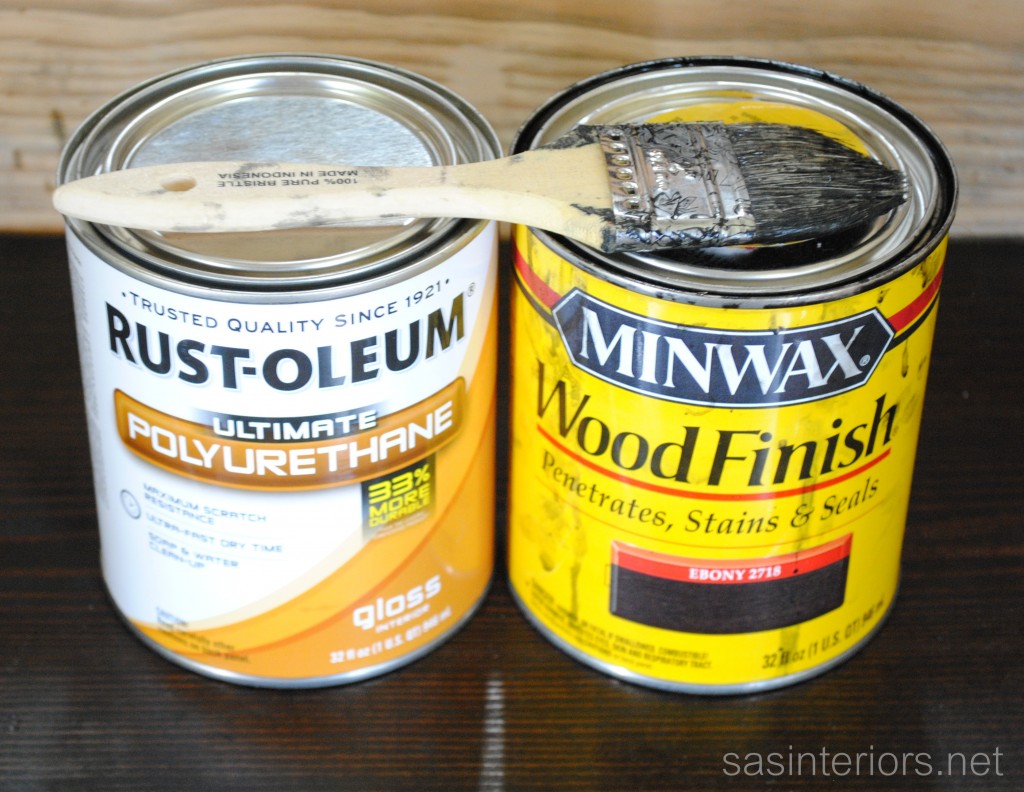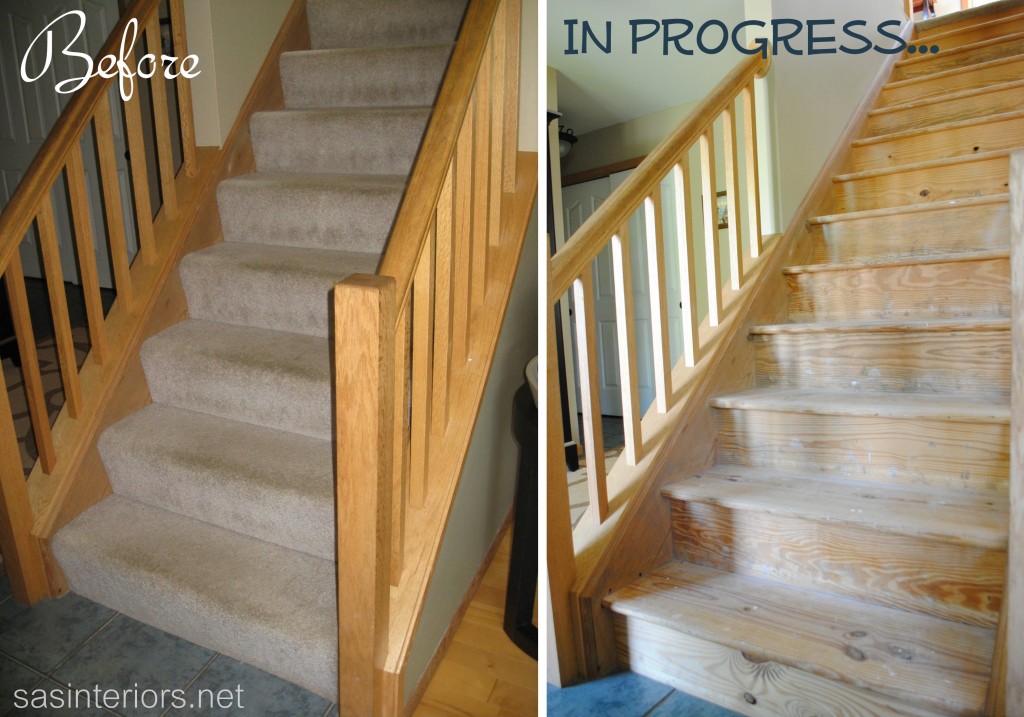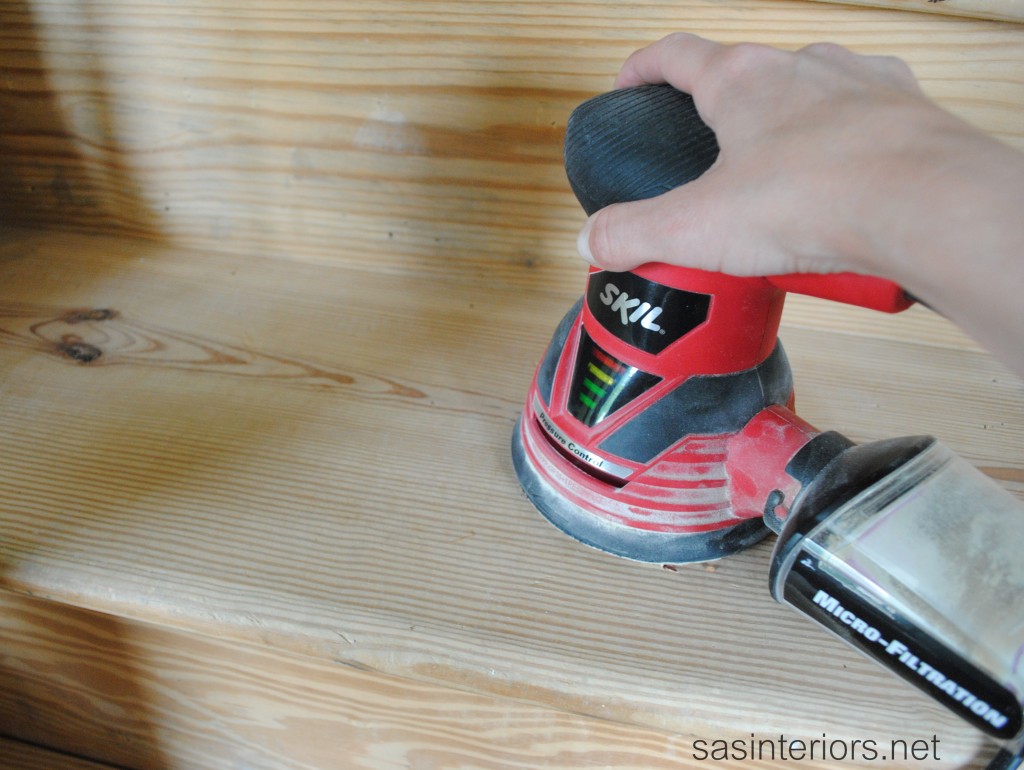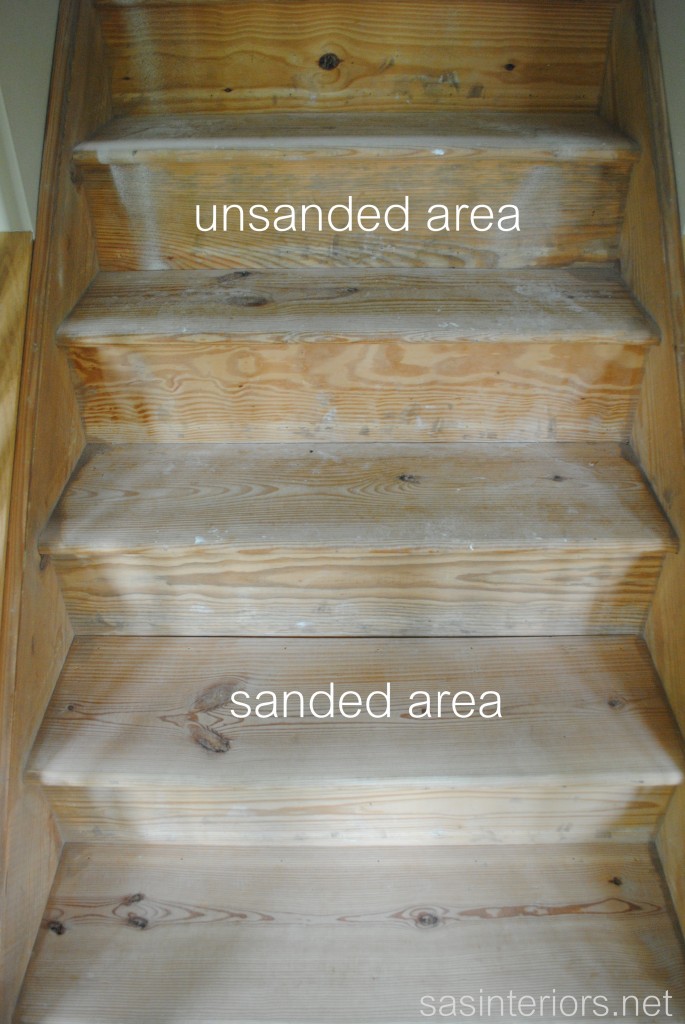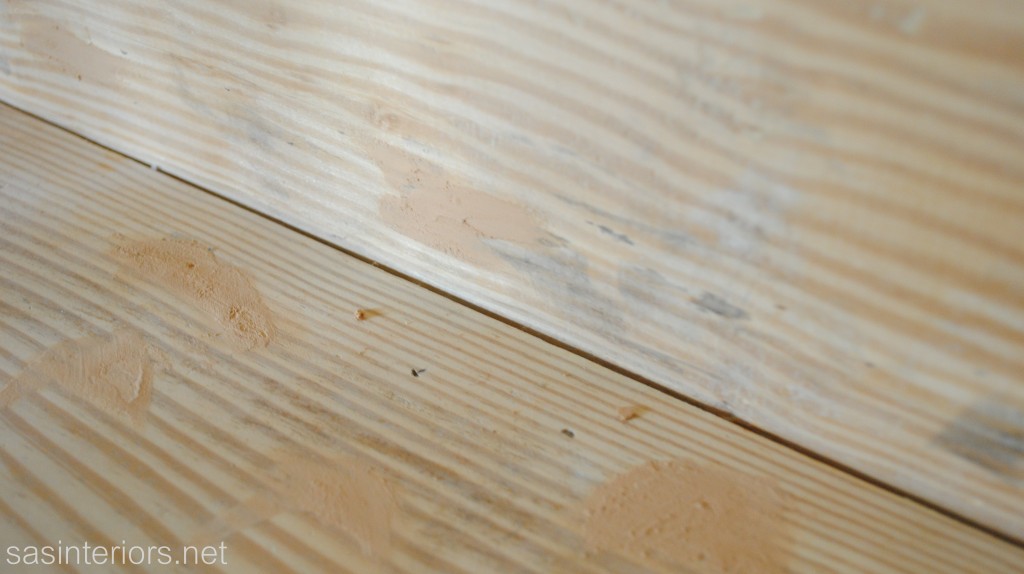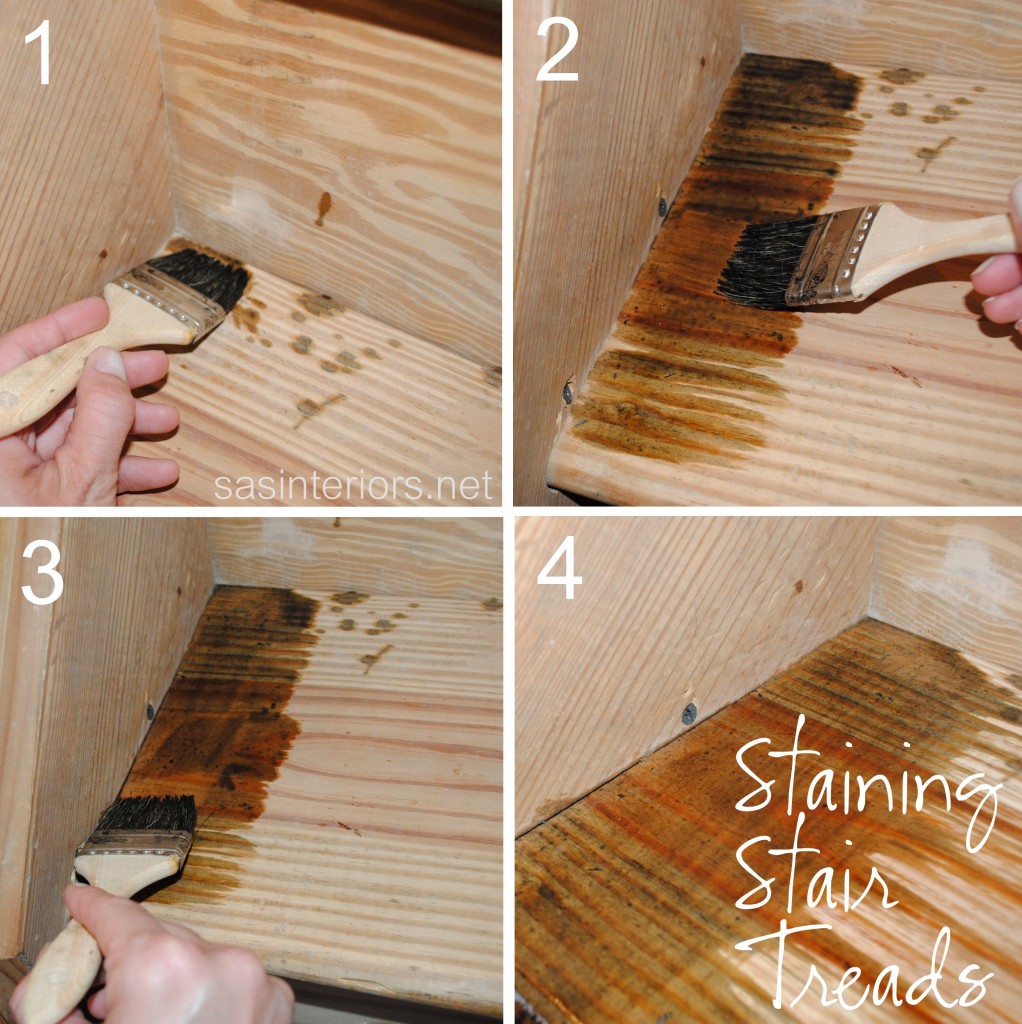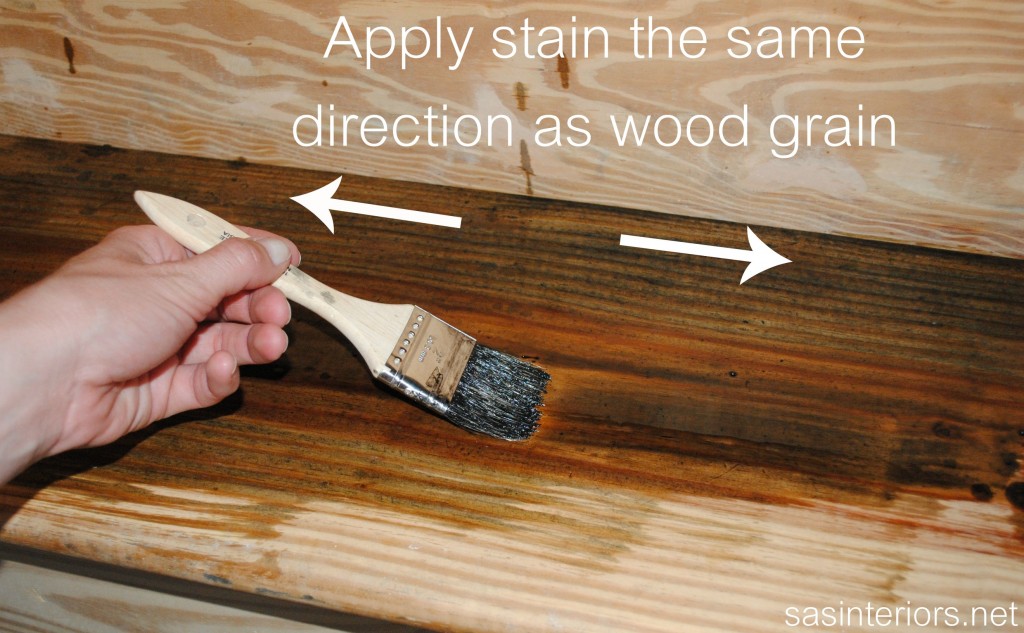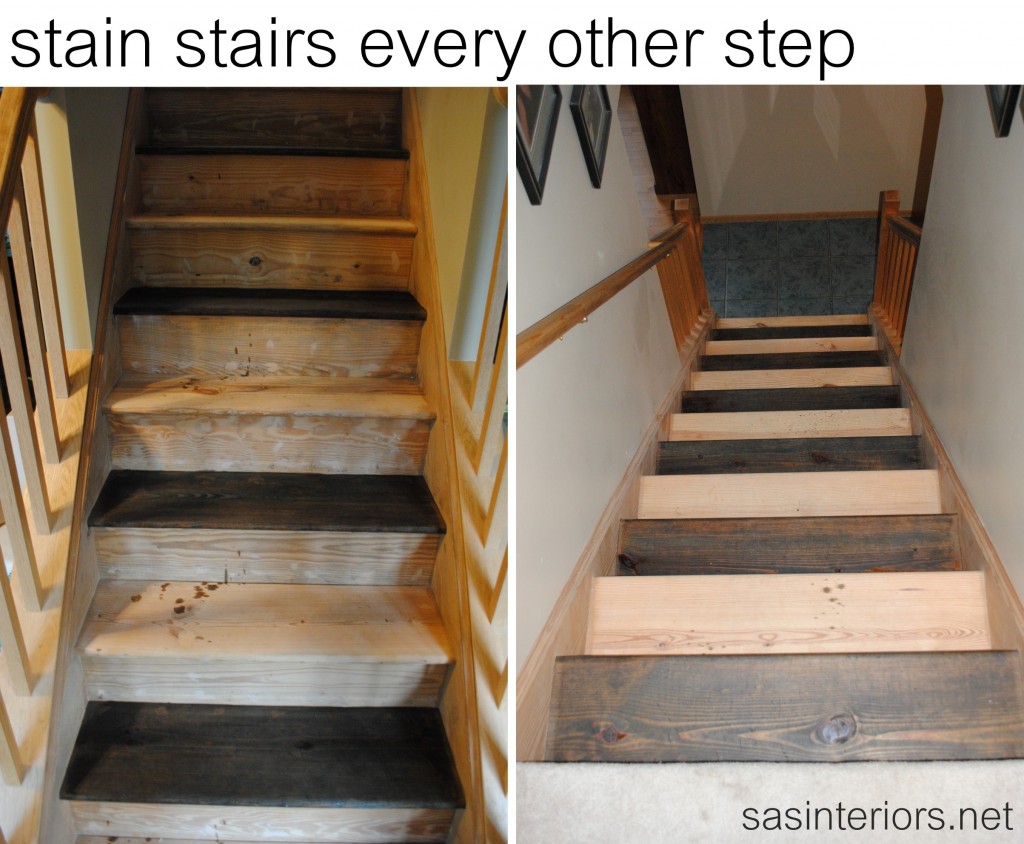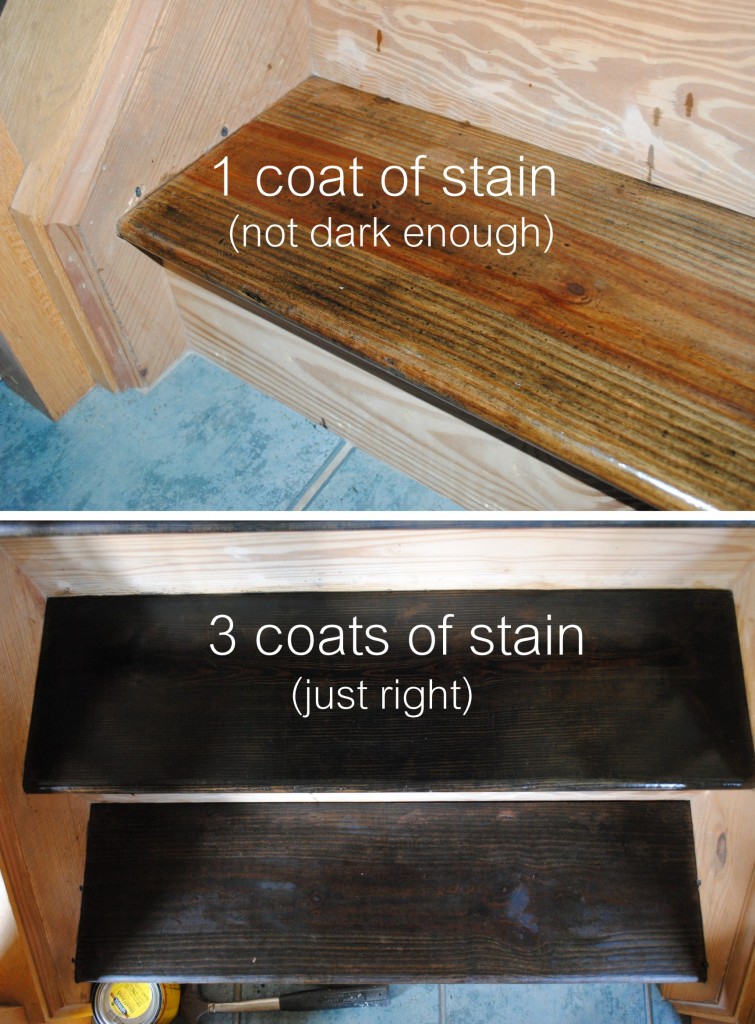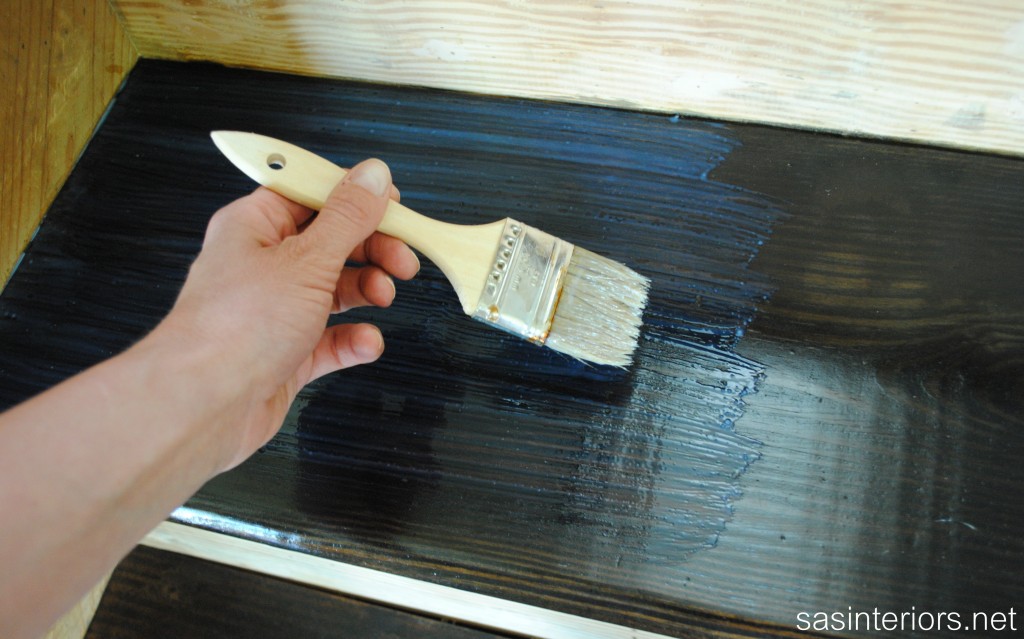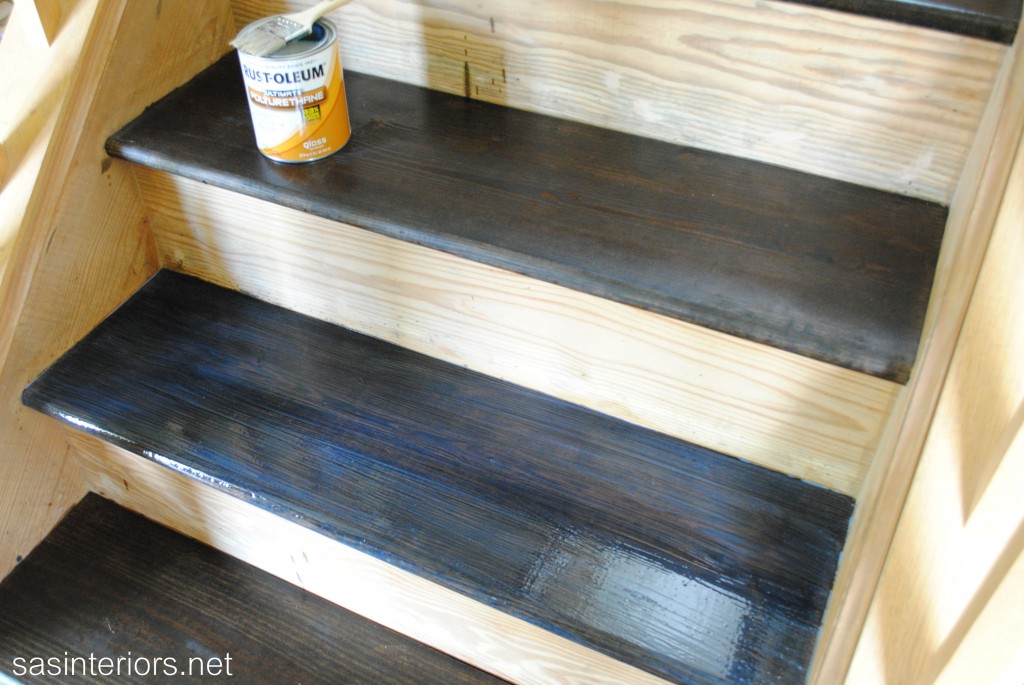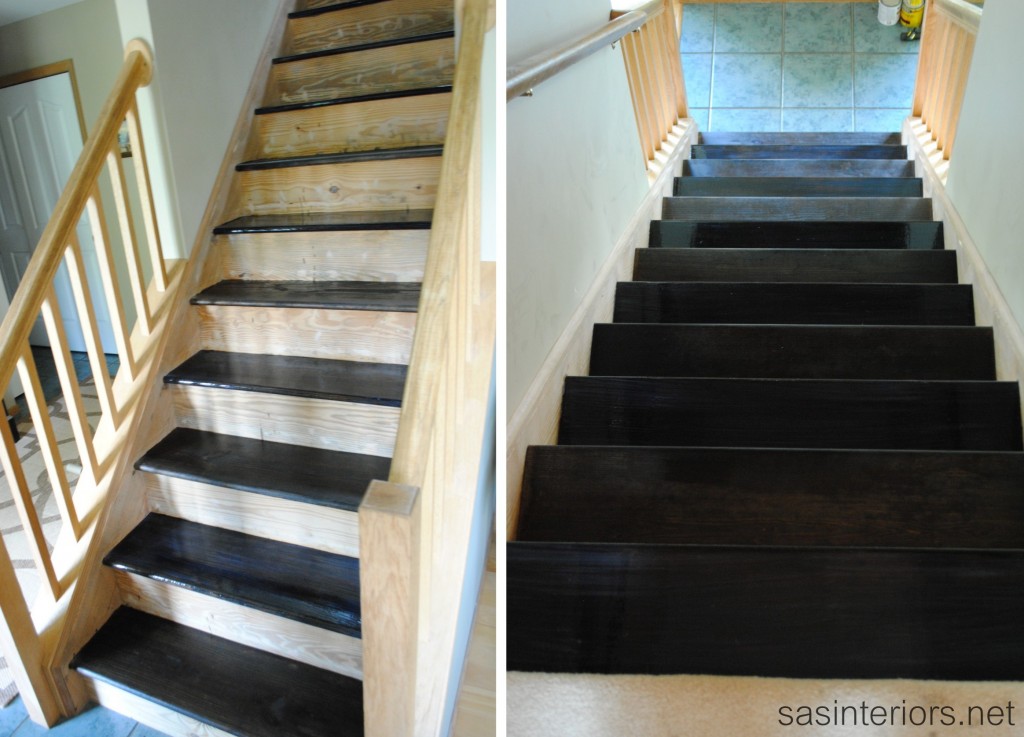DIY Stair Makeover: REVEAL
The day has finally arrived for me to share the final reveal of my staircase makeover.
Alot of progress has been made since I announced and started this latest DIY endeavour only 3 weeks ago. It’s amazing how one change can totally impact the aesthetic of a space. As you know, my home is my experimental playground which is constantly work in progress, and this stair makeover has been an incredible update.
Take a look at the result…
And here is the progress that I’ve made from start to finish…
Amazing change, right?!
Since my last post where I left you off at the staining of the stair treads, I’ve been a non-stop painting machine! And actually, I’m still painting (which I’ll get to more in a bit). After the filling of the holes, the sanding of the wood, and the staining of the treads, it was time to paint the stair risers, the balusters, and the banister – and that’s what I’ll be sharing details about in this post.
In my last post, I left you off here…
So after that, it was time to prime!
Whenever I have a big painting job (like my kitchen makeover last summer), I always turn to Benjamin Moore as my go-to paint line. Their paints are of really high quality and it applies with an effortless manor. Since this project was pretty big, I immediately turned to them for assistance and they kindly donated the product for this project (Thanks BM – I love you)! Their Aura paint line is like no other and actually has a primer built-in (which is why my kitchen cabinets came out so great and still look as fabulous today). BUT, since I was working with a white hue, I thought it would be best to use an actual primer FIRST, then the Aura paint on top.
To start off, I first taped off all the areas that weren’t to be covered with the primer and that was basically just the newly stained treads and the surrounding walls.
Once everything was properly taped, it was time to apply one coat of Benjamin Moore Fresh Start Primer. I learned recently that the primer coat does not need to be a thick coat – a thin coat just to cover the wood surface is perfect. As long as your coating the wood, it’s blocking the stain from coming through and preparing the surface for the paint color.
All primed and ready for paint!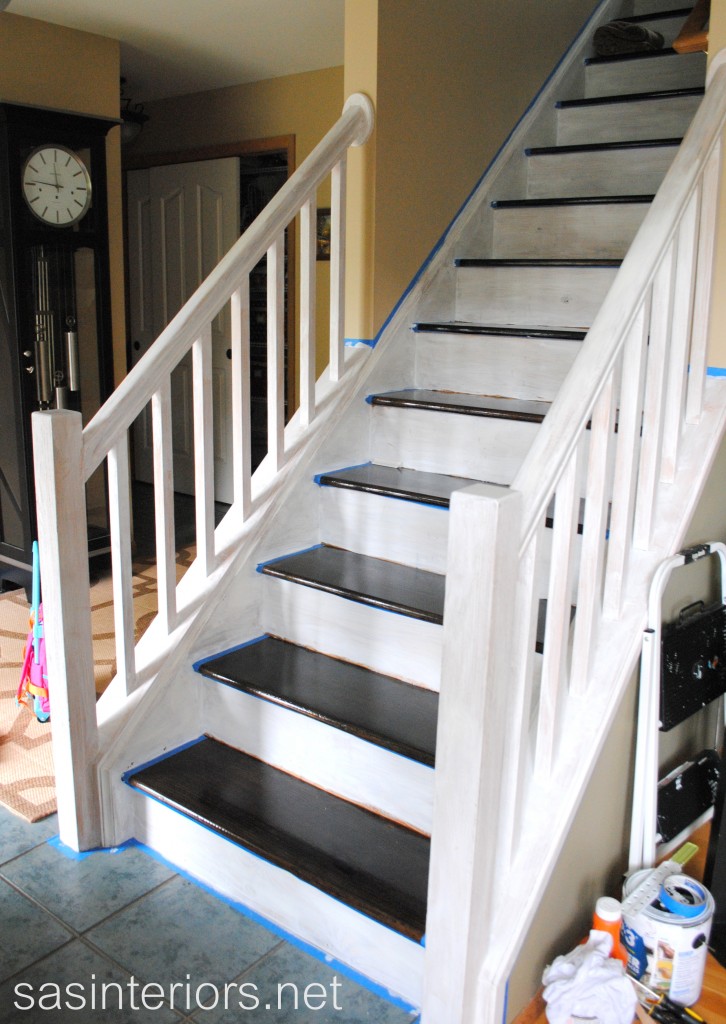
Once the primer was dry, which didn’t take long (the stairs were thirsty!), it was time for the 2 coats of Benjamin Moore Aura paint. For this project, I chose the color Snowfall White, which is essentially white, but has a slightly warmer hue (no blue undertones).
And of course I’m using my favorite Purdy Brushes 😉 (I wasn’t paid to say that – just sharin’ the love).
I mentioned that I applied 2 coats of paint, but in some areas a 3rd coat was needed. Thin layers of paint are better than thick, so 3-4 coats isn’t unlikely. It’s best to apply thinner coats than to end up with drips! If you do though (like me), continue to go over the drips with your brush. To avoid fast drying paint so you can fix those drips, it’s important to use a paint additive like Floetrol. Learn more about that from my post on Tips for Painting Furniture.
The painting around the balusters took a long time and it was the most grueling part, but honestly looking back, it wasn’t that bad and it’s done – YAY! Once I was finished with the white areas (the risers and the balusters), it was time to paint the newel post and banister. A few people thought I was crazy when I said I was going to paint the post and banister instead of staining it to match the treads, but I’m glad I stuck with the idea, because I love it!
I decided to use the same color as my kitchen cabinets which is Benjamin Moore Texas Leather. It was one of my all-time favorite colors and can be seen here and there throughout my home. Painting the post and railing gave the stairs a unique touch rather than a typical stained railing.
One itty bitty part that I didn’t mention above when painting the risers white was that there was a large gap at the edge where the treads and risers meet. When painting, I didn’t have to be perfect with the white paint because I knew I would be adding a small piece of cove moulding afterwards. Take a look…
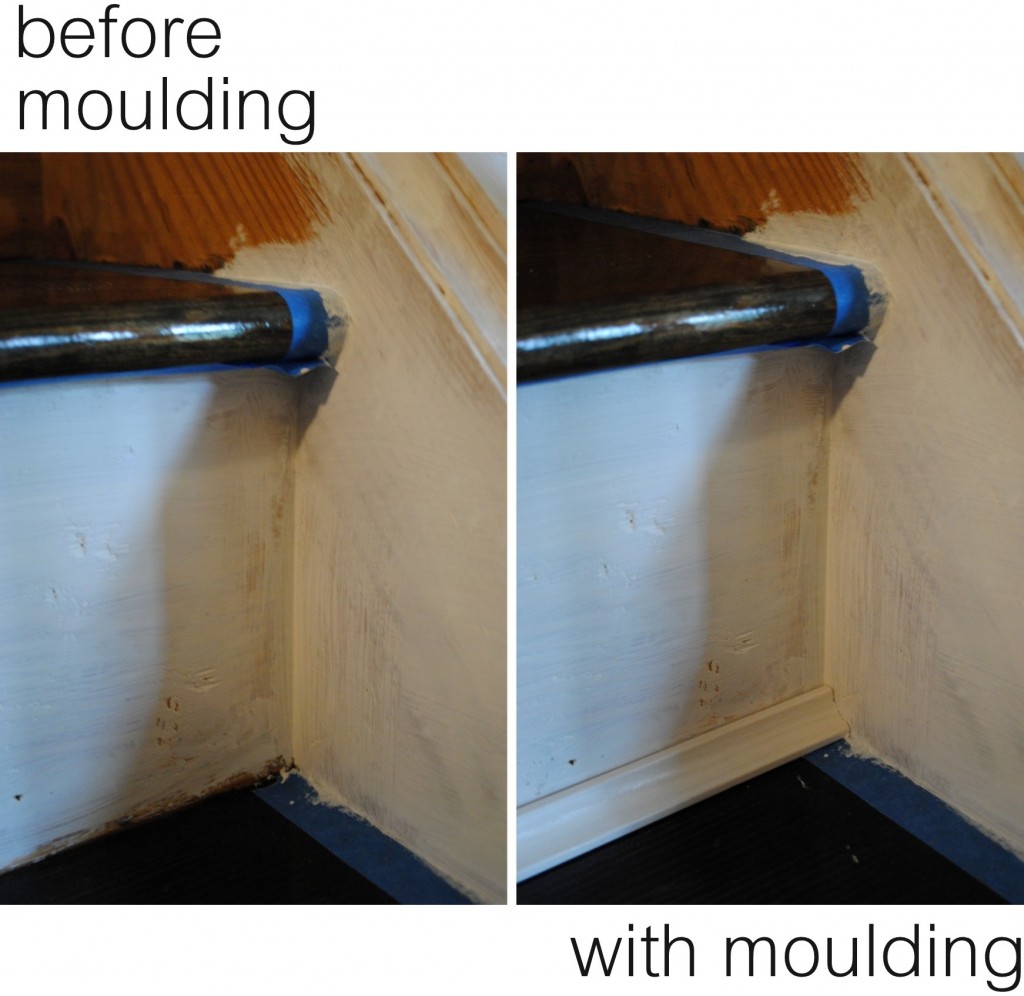 I found the cove moulding at Lowe’s and it was about $2.50 for an 8′ long piece. It actually wasn’t wood and instead a plastic composite. (The wood version was $5+, so this less expensive version was just fine). At this point of the project, I dragged the Mister back in to help out. He measured the length of each tread and cut the cove moulding using a miter box.
I found the cove moulding at Lowe’s and it was about $2.50 for an 8′ long piece. It actually wasn’t wood and instead a plastic composite. (The wood version was $5+, so this less expensive version was just fine). At this point of the project, I dragged the Mister back in to help out. He measured the length of each tread and cut the cove moulding using a miter box.
Using Liquid Nails, we adhered the moulding to the tread/riser to cover the gap.
And Voila, the gap was hidden!
Once the paint was completely dry, the unveiling was about to begin a.k.a. the removal of the painters tape…
A little trick that I’ve learned along the way is to score the joint where the tape and the painted surface meet with a sharp razor.
This allows the tape to be easily removed and avoids the paint from coming off where it’s supposed to stick (see below where I didn’t score the joint).
Once the tape had all been removed, the stairs were basically done – not too bad right?!
And now it’s time for a ton of pictures (I hope you don’t mind)!
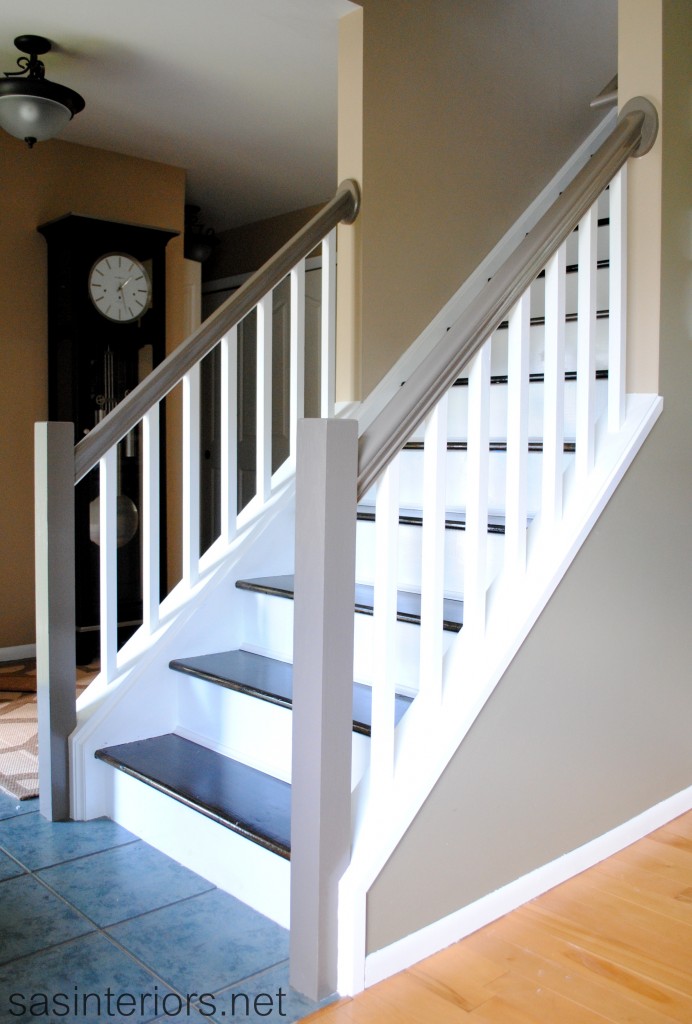 Looking from the front room into the foyer
Looking from the front room into the foyer
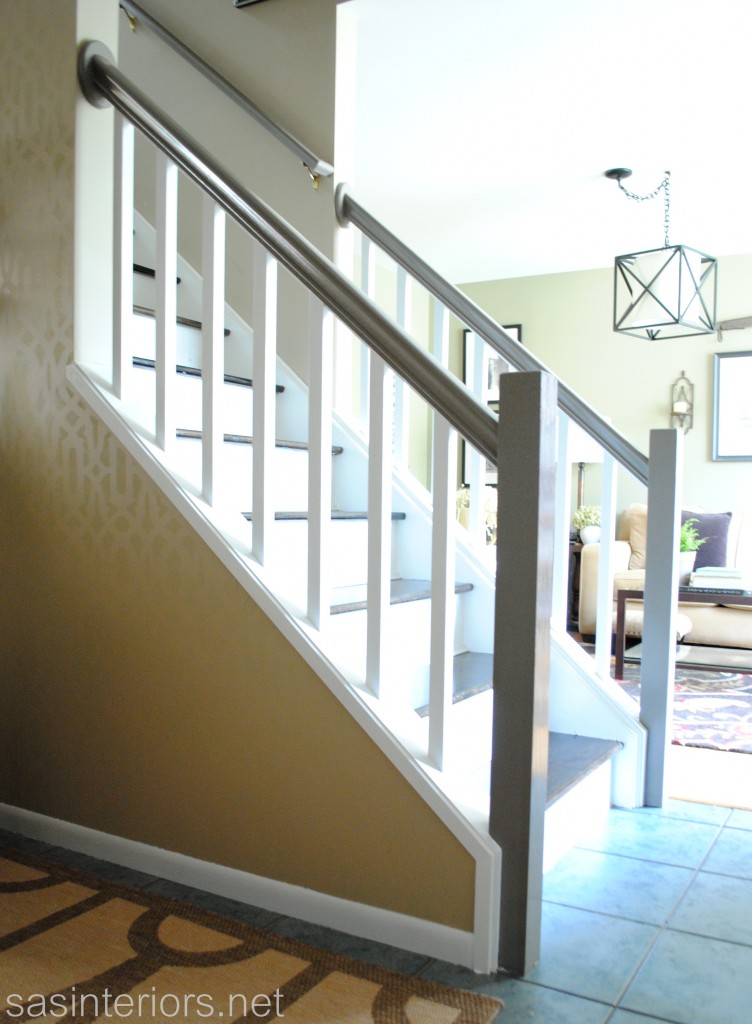 The stenciled foyer wall looking into the front room
The stenciled foyer wall looking into the front room
Psst… You probably didn’t realize, but check out all the mouldings in the foyer and front room – I painted them white too. YES, as I was painting the stairs, I just continued right around the room (+ the dining room and kitchen). Those oak mouldings had to go! My goodness, the house feels so much fresher now – more on that soon.
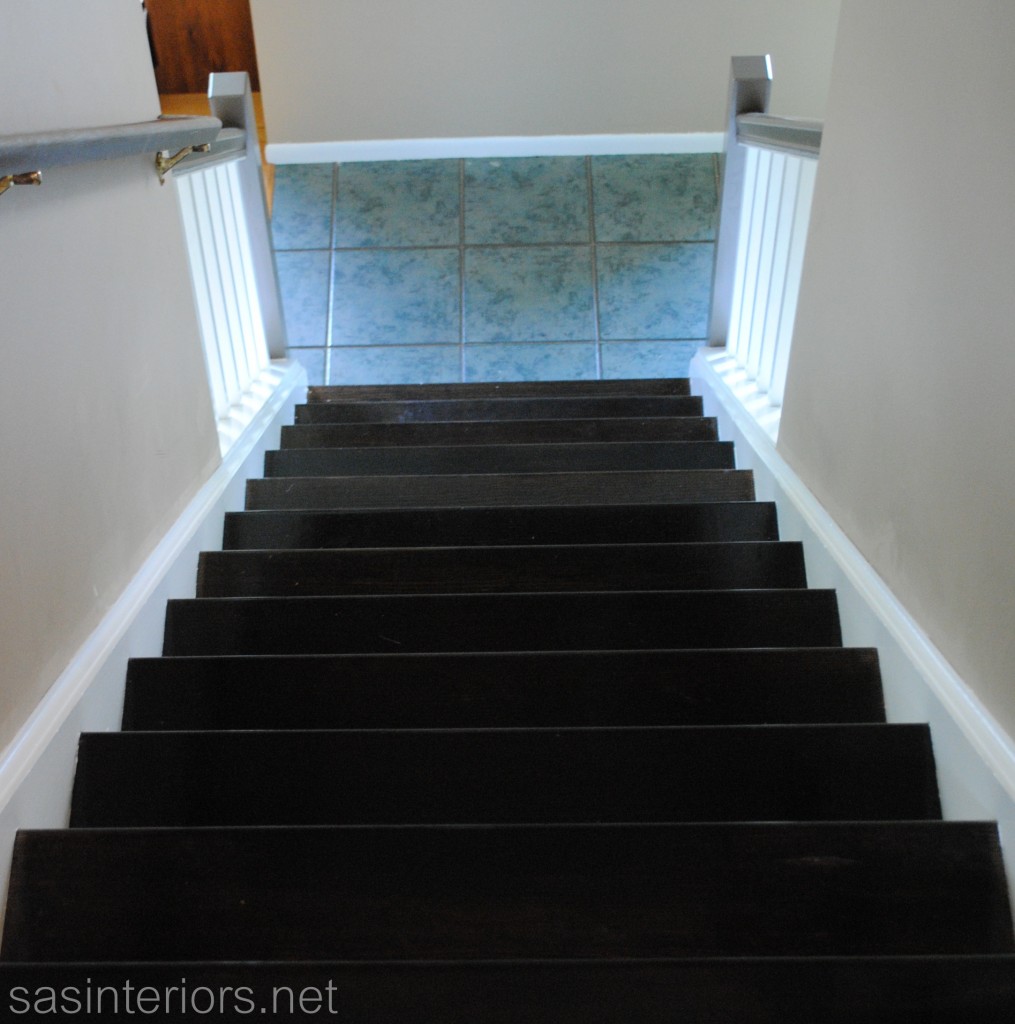 That’s a whole lotta dark wood and I love it 🙂
That’s a whole lotta dark wood and I love it 🙂
I definitely was apprehensive about removing the carpet from the stairs and risking the possibility that one of my young kiddos (or me) could fall – carpet has a lot more padding than hard wood. Thankfully this is my awesome solution…
These carpet treads are perfect and I love them. The kind folks at Natural Area Rugs sent me these attractive woven sisal treads which have a cotton twill border and non-slip back. They’re ideal for giving the added protection for people walking up/down the stairs, plus they protect the actual stairs. After all that work, the last thing I’d want are scuffs and scrapes! But the beauty is that you can still see much of the stairs unlike a typical stair runner which covers the treads and risers.
The carpet treads have velcro on the back, so they easily attach to the stairs with a sticky back.
I’m ecstatic about this solution!
And it’s complete! What do you think? Have you ever considered giving your stairs a makeover? Thank you for following along over the past few weeks!
Related Posts:
The Beginning of a New DIY Project
Phase 1: A New DIY Venture Begins
Phase 2: Filling Holes & Staining Treads
Kitchen Makeover Reveal
Stenciled Foyer Wall
